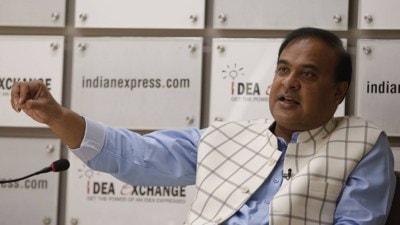MSEB proposes 15 pc tariff hike
March 8: The overall hike includes increase in tariff for categories like agriculture, domestic (having consumption up to 100 units per mo...

March 8: The overall hike includes increase in tariff for categories like agriculture, domestic (having consumption up to 100 units per month) and powerloom sectors.
MSEB has accepted MERC’s directives on the introduction of meter-based tariff. The metered tariff was also suggested by the Rajadhyaksha Committee report on state power reforms.
As a beginning, the agricultural consumers with 10 HP capacity agricultural pumps will be charged as per the metered tariff. There are about 30,000 agricultural pumps (both individual and societies) which have been supplied power on 10 HP.
Moreover, all high tension agricultural consumers (about 1,500) will also be metered and charged on the basis of today’s tariff. As many as 50,000 powerlooms (average 10 looms) will henceforth will have to pay metered tariff.
MSEB’s proposal to meter powerlooms deserve special significance especially when the MERC in its recent order had stayed the state government’s decision to write-off 30 per cent of the power tariff arrears held by the Bhiwandi powerloom consumers.MERC had also taken a serious objection on the state government’s decision to allow Bhiwandi powerloom consumers to pay 45 per cent of the total dues held at the end of December 1999.
Today’s proposal also envisages charging the bulk power consumers on high tension. However, sources said that the industrial, commercial and high tension consumers will not be burdened further but those cross subsidised will be charged.
It must be mentioned that during October 1999 proposal MSEB had shown a total revenue shortfall Rs 1109 crore and had predicted a revenue of Rs Rs 404 crore during 1999-2000.
Revised tariff for the highly subsidised catagories would have resulted in lowering subsidy to around Rs 500 crore to Rs 5387.54 crore compared to Rs 5892.68 crore in the previous year.
MSEB had expected the revenue generation of around Rs 12,640 crore during the 1999-2000. This had included the revenue from sale of electricity at Rs 12,341 crore and other sources at Rs 299 crore.
The revenue expenditure for the last year was estimated at Rs 13,324 crore. But the board had also to generate statutory surplus of Rs 435 crore during this period. Thus the total requirement had hiked to Rs 13,759 crore.



- 01
- 02
- 03
- 04
- 05




























